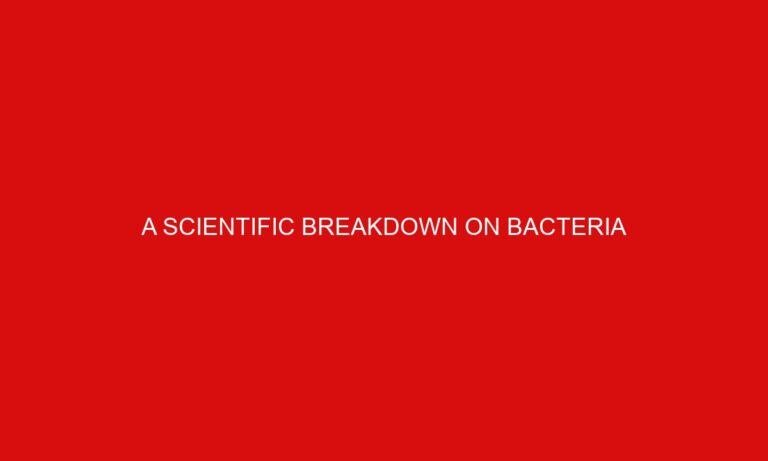Impact of the Clean Water Act
Busy Bee – Impact of the Clean Water Act
Written by:
Impact of the Clean Water Act
Since the dawn of the Industrial Age, water pollution has become an increasingly serious issue around the world, including in the United States. Cars, factories, farms, homes, and power plants routinely produce biological pathogens and hazardous chemicals, or toxins, that find their way into the ground and contaminate the water that humans, plants, and animals depend on for their survival. These toxins include raw sewage, mercury from coal-fired power plants, oil, fertilizers from agricultural runoff, radioactive waste, household cleaning chemicals, and discarded medicine. Water pollution has a history of serious consequences, such as killing vegetation, fish in the water, and animals on land, even humans. To protect the environment and thus human and other life from the dangerous effects of water pollution, the U.S. Congress passed the Federal Water Pollution Control Act in 1948. When a series of major amendments were passed in 1972 to strengthen this law, it became popularly known as the Clean Water Act.
History of the Clean Water Act
The Clean Water Act has roots going back to 1948 when Congress passed the Federal Water Pollution Control Act. The 1948 law proved insufficient for controlling the growth of water pollution in America, and in 1972, Congress passed a series of sweeping amendments which became known as the Clean Water Act. President Richard Nixon vetoed the law in 1972, but the U.S. House of Representatives and the Senate overrode his veto, making it the law of the land. Congress later enacted significant expansions to the law in the form of the Clean Water Act of 1977 and the Water Quality Act of 1987.
What the Clean Water Act Protects
The purpose of the Clean Water Act is to criminalize and prevent the act of dumping pollution into the water. Not all bodies of water are safeguarded by the act, however. For instance, artificial lakes and smaller artificial bodies of water, such as ponds, are not under the act’s protection. Some forms of artificial irrigation are also not covered by this law. Examples of waters that the Clean Water Act covers include certain rivers, streams, and lakes, waterways, and lakes that cross state lines, and bodies of water where fish are taken and sold in interstate commerce. The act also protects navigable waters, which include any body of water that may be relevant to interstate or foreign commerce. Territorial seas, tributaries, wetlands, natural ponds, and mudflats are also protected. The question of what bodies of water are covered by the Clean Water Act, however, is subject to interpretation and has been the center of numerous controversies and court decisions. Enforcement of the law, including the levying of fines or imprisonment for violations, is handled by the U.S. Environmental Protection Agency (EPA).
Effects the Clean Water Act Has Had on America
One of the first steps that the government took under the Clean Water Act was to direct billions of dollars toward funding sewage treatment plants. As a result, municipal and industrial sources of water pollution were among the first problems to see a reduction in magnitude. In 1987, Congress passed the Water Quality Act, which attempted to address pollution from runoff sources such as agriculture. When the act was passed, only a third of America’s waters were suitable for swimming, fishing, or other uses. Twenty-five years later, the number of bodies of water in America that were safe for use rose to two-thirds. The act reduced soil depletion by agricultural runoff by a billion tons per year, and water treatment plant coverage increased from 8 million people to 175 million people. Most importantly, the Clean Water Act has raised awareness of the problem of water pollution. It has helped more Americans to realize that clean water is necessary to maintain good health and an acceptable standard of living.
Future Plans to Improve the Clean Water Act
Among the improvements planned for the Clean Water Act include clarifications suggested by the EPA concerning what bodies of water are eligible for coverage under the law. In addition, there are plans to restore certain iconic bodies of water, such as the Chesapeake Bay, the Great Lakes, and the wetlands of the Everglades. Proposed future improvements to the act also include increased partnerships with state governments and Native American tribes as well as farmers. Sustainable water supply management, improved water efficiency in communities, updates to drinking water standards, and turning to scientific research as a means of preserving and improving water quality are also under consideration.
- Clean Water Act (CWA)
- A Brief History of the Clean Water Act
- Clean Water Act Abstracts: What is the Clean Water Act?
- EPA Moves to Clean Up the Clean Water Act
- National Multifamily Housing Council: Clean Water Act (PDF)
- Federal Water Pollution Control Act (PDF)
- University of Illinois: Clean Water Act
- Handbook of Florida Water Regulation: Clean Water Act
- The Clean Water Act at 40: There’s Still Much Left to Do
- Introduction to the Clean Water Act and Water Quality Regulation (PDF)
- Clean Water Act: A Summary of the Law (PDF)
- Protecting Small Streams and Wetlands Currently at Risk
Contact Us
Get a quote
Your satisfaction is our priority, and we’re here to assist. Reach out to Busy Bee effortlessly by contacting us. Whether you have questions, need a custom quote, or want to discuss your cleaning requirements, our friendly team is ready to respond promptly. Connecting with us is the first step towards a cleaner and more comfortable environment for your home or business.
Call us for a quote today!
Contact Us
Get a quote
Your satisfaction is our priority, and we’re here to assist. Reach out to Busy Bee effortlessly by contacting us. Whether you have questions, need a custom quote, or want to discuss your cleaning requirements, our friendly team is ready to respond promptly. Connecting with us is the first step towards a cleaner and more comfortable environment for your home or business.










